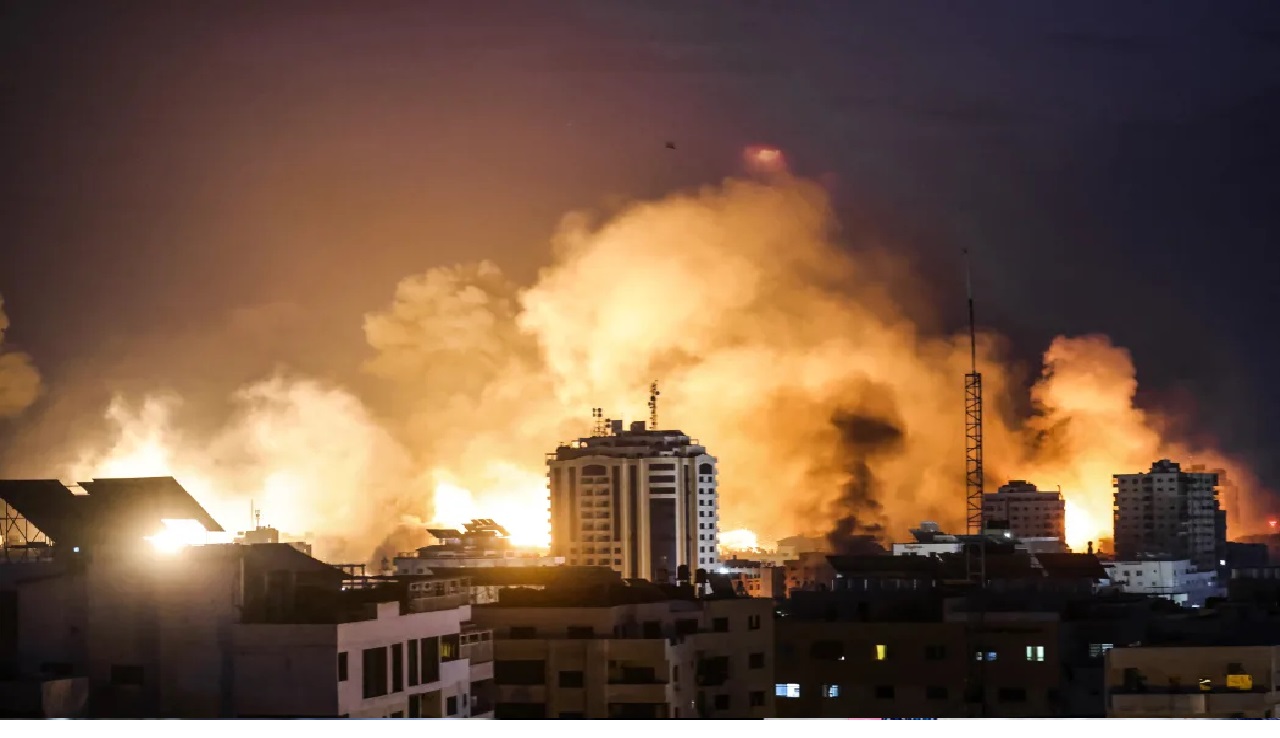
Deadly Airstrike Hits Gaza School Shelter
An Israeli airstrike on a Gaza school on Saturday resulted in the deaths of over 100 Palestinians, with dozens more injured, according to the official Palestinian news agency. The school, located in Gaza City’s Al-Sahaba area, was serving as a shelter for displaced individuals. The Hamas-run Gaza government media office reported that the strike occurred during early morning prayers, exacerbating the number of casualties. Spokesperson Mahmoud Basal described the event as a “horrific massacre,” with some of the victims’ bodies catching fire due to the explosion. “Forty martyrs and dozens wounded after the Israeli bombing of the Al-Taba’een school,” Basal said in a Telegram post.
Israel’s Defense and Justification
In response, Israel refuted the Palestinian claims, asserting that the airstrike targeted a Hamas command and control center located within the Al-Taba’een school. The Israeli Defense Forces (IDF) stated that the site was used by Hamas operatives and commanders. The IDF claimed that the strike was carefully planned to minimize civilian casualties, supported by extensive intelligence and aerial surveillance.
According to the IDF, the command-and-control center was embedded in the school and adjacent to a mosque, which was also used as a shelter for residents. Israel emphasized that multiple precautions were taken before the strike, including the use of precise munitions and thorough reconnaissance, to avoid harming civilians.
Escalating Regional Tensions
The conflict has intensified regional tensions, particularly after the killing of Hamas political leader Ismail Haniyeh on July 31, reportedly by an Israeli strike in Iran. This incident has heightened fears of further retaliation from Iran-aligned groups and the potential for a broader Middle East conflict. The escalation has also drawn international attention and concern.
World leaders are actively pushing for a cease-fire to de-escalate the situation. On Thursday, Israel agreed to participate in indirect negotiations with Hamas. This decision came in response to a proposal by the United States, Egypt, and Qatar to resume cease-fire talks, which had stalled previously. The negotiations are scheduled to begin on August 15, with hopes for a resolution to the ongoing violence.
The situation remains volatile, with continued calls for peace and stability as the region grapples with the repercussions of the latest escalation.
(With inputs from agencies)







